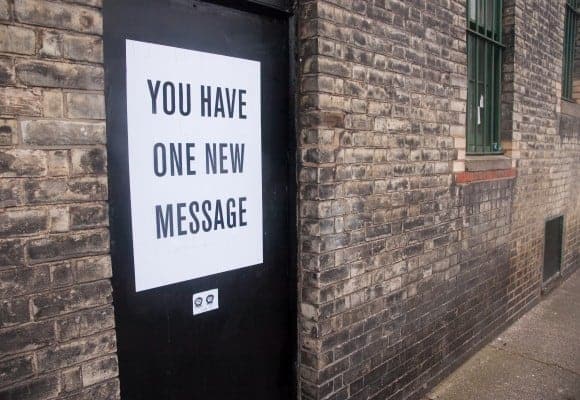How to use e-mail


This post has been on my mind for a long time now. I found that a lot of people don’t really know how to communicate by e-mail. I don’t know for you, but now that I’m receiving a lot of e-mails, it seems to be worst…
I used e-mail as my primary source of communication as I found that there is a lot of advantages of doing so:
- You can send an e-mail at any time, any day without disturbing the person;
- In the other side, you can send me an e-mail without disturbing me from what I am doing like with a phone call;
- You can think about your answers and send a reply whenever you want;
- You can contact more than one people at the time;
- …
Don’t get me wrong, I love people. It’s just that I found e-mails more convenient. For sure, some people have a problem to put in text their thoughts and e-mails are not the best way for them, but in most of the case, you can do with it.
Here are some rules I used personally. I don’t say that I have the only way to use e-mail, but with a couple of years behind the tie, I can say that these rules are efficient, at least, for me.
- Read your e-mail twice before sending it Most of the time the e-mail is not clear or doesn’t represent well what you wanted to say. Reading it one more time after you made all the changes will prevent you for having to explain another time your thoughts.
- Use reply all only if it’s necessary that everybody that received the first e-mail got an answer E-mails are awesome when you need to contact more than one people at the time. Maybe, not everybody needs to know your answers to the question? You will save some time to the others.
- Use high importance e-mail only if it’s really important This one seems obvious, but trusts me. It’s not. Most of us check their e-mail minimum once a day. There are a lot of chances you got an answer for me in the 24h. If you use this too much, I won’t trust this status anymore.
- Make it quick If it’s not a kind of report or document you put directly into the e-mail, make it quick. Reading long e-mails are boring and doesn’t help you. If you can’t explain what you want to say in less than five sentences, maybe you should call me.
- Write a subject that makes sense Please put a subject that makes sense and that represent the e-mail that you sent me. Even if we have access all the time with our smart phone, we may not read all the e-mails all the time. The subject will help me see if I’ll read it now or later.
- Don’t advise me that you sent me an e-mail Sometimes, I received a message on Twitter, SMS, Facebook… from someone who tells me that he has sent me an e-mail. Let me tell you something, I know, and if I don’t know yet, I’ll see your e-mail next time I check them. It’s just a waste of time to alert me about this.
- Write it like if the other person doesn’t see you when you create it Actually… the person won’t see your face when they will read your e-mail. So they won’t really know if you were happy, sad, angry… keep this in mind.
- Don’t send an e-mail when there is too much emotion in the air It’s a bit like the previous advice, but at the end, never send an e-mail when you are too much angry and even when you are too much happy. Take the time to think about it. We react sometimes too much for something that don’t worth it.
- You are not alone This one is the advice that I prefer: you are not alone. It’s not because you sent me an e-mail that I have to reply to you in the next 5 minutes. Sometime, it will take me one day, one week, two weeks or more. I received a lot of e-mails. I also have a lot to do usually, and I focus on the more important or urgent.
So this is some of my advices around using e-mails. Take it or not, but I wanted to share them with you. Do you have any advices or rules of your own for e-mails communications? Do you find that these one make sense?